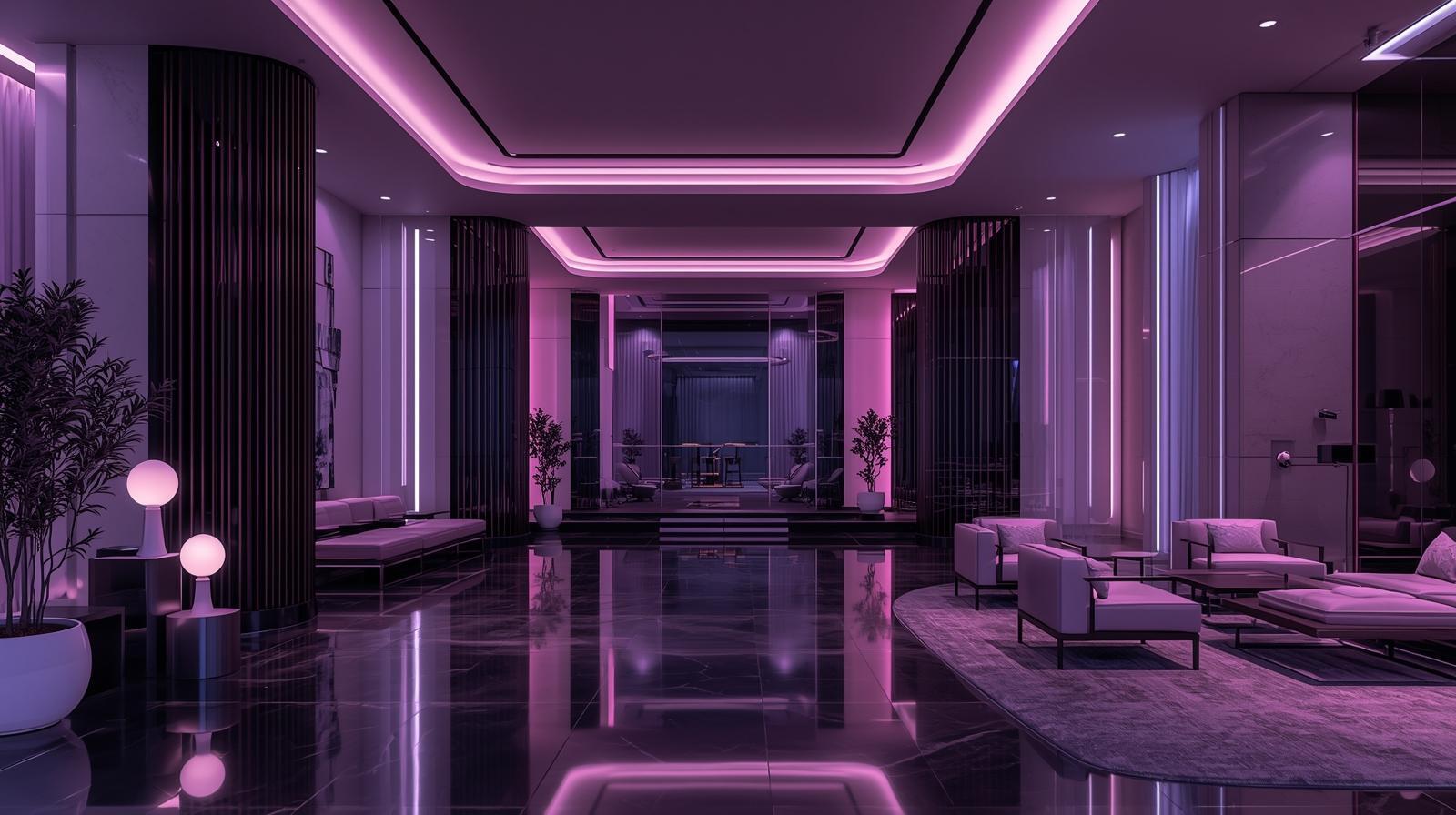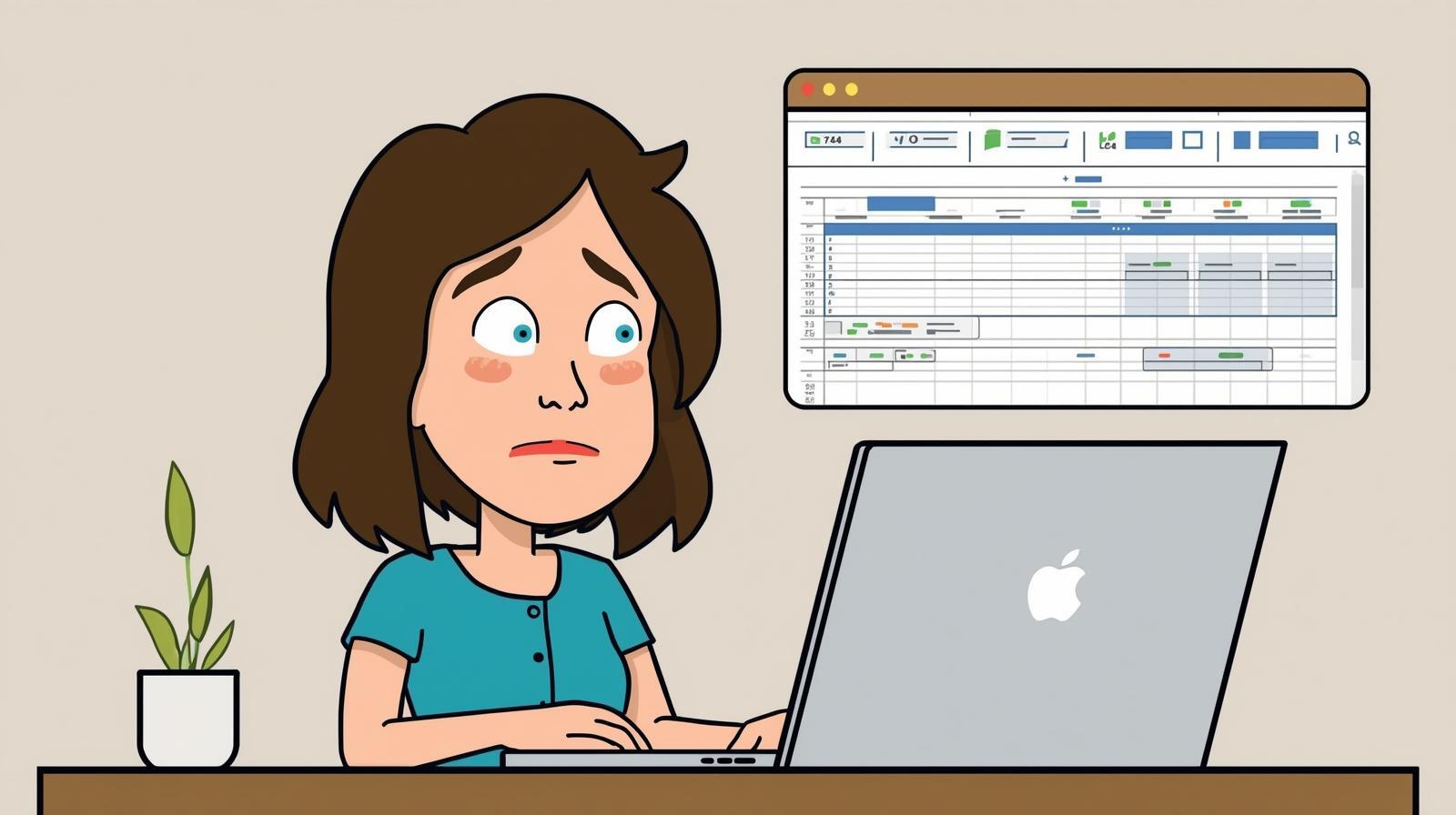If you want to know what hospitality tech looks like in 2026, don’t look at just one buzzword. Look at the intersection: cloud, AI, and IoT.
These three pillars aren’t separate trends—they form a triad that enables deeply intelligent, predictive, and autonomous property management systems.
At Jurny, we believe that the future isn’t just software that runs in the cloud—it’s systems that reason, communicate, and optimize in real time, across devices and environments.
Let’s explore how the triad of Cloud + AI + IoT is powering next-gen property management—and how Jurny’s Agentic AI PMS is architected to thrive in that new era.
1. Cloud: The Foundation That Scales Everything
Cloud infrastructure has been the backbone of SaaS, PaaS, and modern web services for years. But in 2026, cloud is no longer just about uptime or scalability—it’s about enabling real-time, distributed intelligence.
-
Global availability: Cloud lets Agentic systems access data and models from anywhere.
-
Compute on demand: AI engines can spin up processing power for forecasting, simulation, and deep learning.
-
Data centralization: Cloud consolidates data from OTAs, booking platforms, guest feedback, IoT devices, and more—making unified intelligence possible.
For Jurny, cloud is the nervous system. It lets us deliver Agentic AI PMS at global scale without local infrastructure constraints.
2. AI: The Operating Intelligence Layer
If cloud is the foundation, AI is the brain. But in 2026, AI is no longer a set of isolated algorithms—it’s an agentic system integrated into your PMS.
-
Predictive models: Demand forecasting, maintenance triggers, pricing adjustments, guest behavior prediction.
-
Autonomous decisioning: The system doesn’t just notify—it acts (reschedules, upsells, routes tasks).
-
Continuous learning: Models refine themselves over time as more data flows in.
-
Conversational AI + execution: Agentic systems move beyond chatbots. They interpret queries, map them to goals, and carry out multi-step actions.
Jurny’s architecture places AI at the core, not as an add-on. Our Network of Intelligent Agents (NIA) is designed so each agent acts in harmony—maintaining consistency, context, and purpose across operations.
3. IoT: Sensors, Devices & the Physical Layer
AI without real-world data is blind. IoT is how the physical world feeds the digital system. In hospitality, IoT brings insight, responsiveness, and operational leverage.
-
Smart locks & access control: Automatically sync guest check-in with door systems.
-
Thermostats & energy control: Adjust climate in real time based on occupancy patterns.
-
Sensors (water, motion, HVAC): Detect maintenance issues preemptively.
-
Device orchestration: Link devices through APIs, feeding data back into AI models.
In short, IoT is the sensory organ of the triad. Without it, your AI can’t see the environment it operates in.
How the Triad Works Together in 2026
Here’s what a fully integrated system chain looks like:
-
IoT collects real-time data (room occupancy, HVAC usage, door activity).
-
Cloud aggregates and streams that data into unified storage.
-
AI ingests data, runs predictive models, and makes decisions (e.g. preempt an HVAC fault, optimize pricing, dispatch cleaning).
-
Agentic Execution sends commands or triggers workflows (e.g. notify technicians, adjust temperature, confirm upsells) automatically.
-
Feedback loop refines models continuously—improving over time.
This chain enables autonomous property management, not just informed operations.
Why Legacy PMS Tools Fall Short
Most legacy PMS platforms were built before this triad existed. Their limitations include:
-
Rigid architecture not designed for real-time IoT data
-
AI features bolted on (chatbots, rule-based automation) rather than integrated
-
Fragmented systems that require manual glue logic
-
No path to autonomous execution
In 2026, tools that can’t operate as part of a triad will be outpaced. The winners will be platforms built from day one for cloud-native, AI-integrated, IoT-aware operations.
Jurny’s Vision: The Agentic AI PMS Already Built for the Triad
Jurny was designed to thrive in this future. Here’s how:
-
Cloud-first architecture: Our system scales across geographies and handles heavy AI workloads.
-
Agentic AI at the core: AI doesn’t sit outside your PMS—it is your PMS.
-
IoT readiness: Built to integrate with sensor networks, smart devices, and real-time signals.
-
Seamless integration across modules: Messaging, pricing, maintenance, guest experience—operating in a unified, autonomous platform.
With Jurny Agentic AI PMS, you gain the benefits of triadic integration today.
What 2026 Operators Should Do Now
To prepare your operation for this triadic future:
-
Audit your current systems: Where is IoT missing? Where is AI superficial?
-
Plan incremental integration: Start with core sensor data (locks, thermostats) then expand.
-
Shift from tool selection to system alignment: Seek platforms that think, not just assist.
-
Build trust outcomes: Set a KPI like “120- minute workload reduction” rather than “install Chatbot 2.0.”
-
Anticipate future capabilities: Look for systems that can adapt to new devices, markets, and AI upgrades.
Conclusion
The future of property management is not cloud or AI or IoT—it’s cloud + AI + IoT working together. That triad makes next-generation, autonomous systems possible.
In 2026, the smartest operators won’t ask, “Which tool do I add next?” They’ll ask, “Which system does everything for me?”
With Jurny’s Agentic AI PMS, that future isn’t distant—it’s already here.
Ready to lead with the triad—not chase it?
[Book a Demo] and discover how Jurny’s Agentic AI PMS is the only system built for cloud, AI, and IoT synergy in property management.










